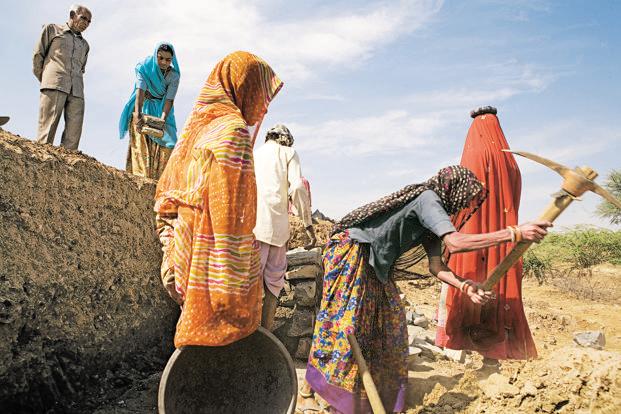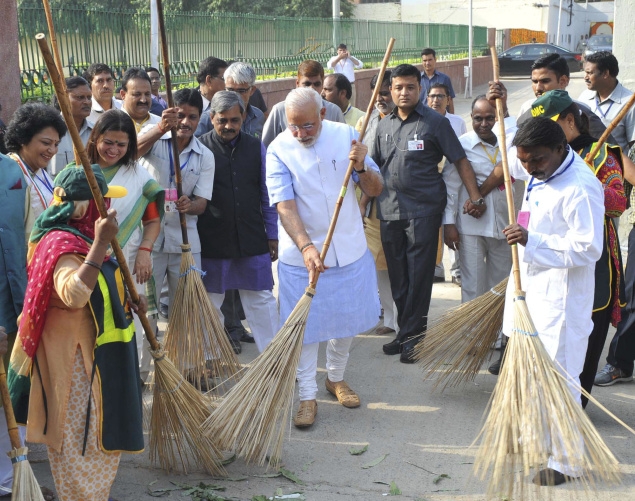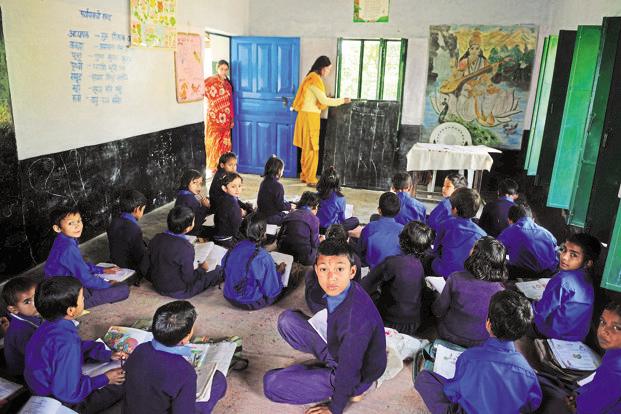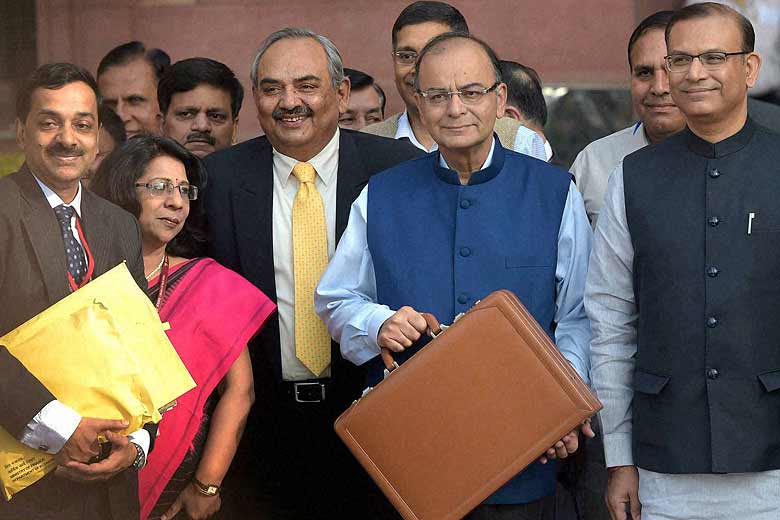A closer look at budgetary numbers highlights why Indian budgets need to be more transparent.
Tag: Social Sector Spending
Union Budget 2017 was a status quo budget for the social sector
There were no surprises—no helicopter drop of money into Jan-Dhan accounts, no move to dismantle ongoing welfare schemes in favour of a universal basic income (UBI). Far from being the populist, game-changing budget that many had expected, Union finance minister Arun Jaitley presented a sombre, status quo budget which, apart from some tinkering with allocations, offers no vision and agenda for social policy, especially when it comes to core sectors like health and education.
Status quo for majority of social sector schemes
There were a lot of expectations from Budget 2017. The demonetisation on November 8, and the chapter on Universal Basic Income (UBI) in the Economic Survey had raised our hopes for a big bang announcement on the social sector. Partially, I admit, this expectation was premature. UBI is complicated at best, something recognised by the Economic Survey as well, and the ‘benefits’, if any, of demonetisation are yet to be realised. The net result is thus status quo for a majority of the schemes under the social sector.
A status quo budget for the social sector
It should lay to rest the ongoing debate about this government’s attempt to radically restructure India’s welfare architecture.
Here’s What Really Happens To Budget Rupees For The Social Sector
On the 1st of February 2017, the Finance Minister will present his 4th budget to the nation. Like every year, the budget speech will be followed by a slugfest as political parties and commentators argue over stated priorities and budget allocations. The debate is particularly shrill when it comes to social sector schemes as politicians and commentators can never quite agree whether allocations in a given year are too high or too low. But for the average bureaucrat and the aam junta—the actual beneficiaries of these contentious social schemes—these debates over budget estimates are meaningless.
Three Years On, the Modi Government Still Has Gaping Holes in its Social Policy
Despite emphasis on ’empowerment’ over ‘entitlements’, which comes with its own set of problems, health and education remain invisible in the Modi government’s social policy agenda.
Efforts to improve learning must go back to basics
An important ask of budget 2017 is a reformed Sarva Shiksha Abhiyan with a commitment to achievable learning goals and the speedy transfer of money.
The many lessons from Swachh Bharat
The lack of institutional capacity at the grassroots to deliver sanitation services is the key binding constraint to achieving Swachh Bharat.
In the Garb of Promoting Federalism Has the Centre Diluted Its Duty to National Priorities?
A rethink of the role of the centre to go beyond current effort of tinkering with financing instruments and return to first principles can determine an optimal allocation of functions across all levels of government within a federal structure.
Social Sector Investments in Budget 2016 No Different Than Previous Year
Arun Jaitley’s Budget was high of rhetoric, but this doesn’t quite add up to a clear vision and narrative for social policy. Overall, social sector expenditure, excluding rural development, has indeed increased – by 6%. The increases are marginal, especially if we compare 2014-15 revised estimates (RE) with the current budgeted estimates (BE).








